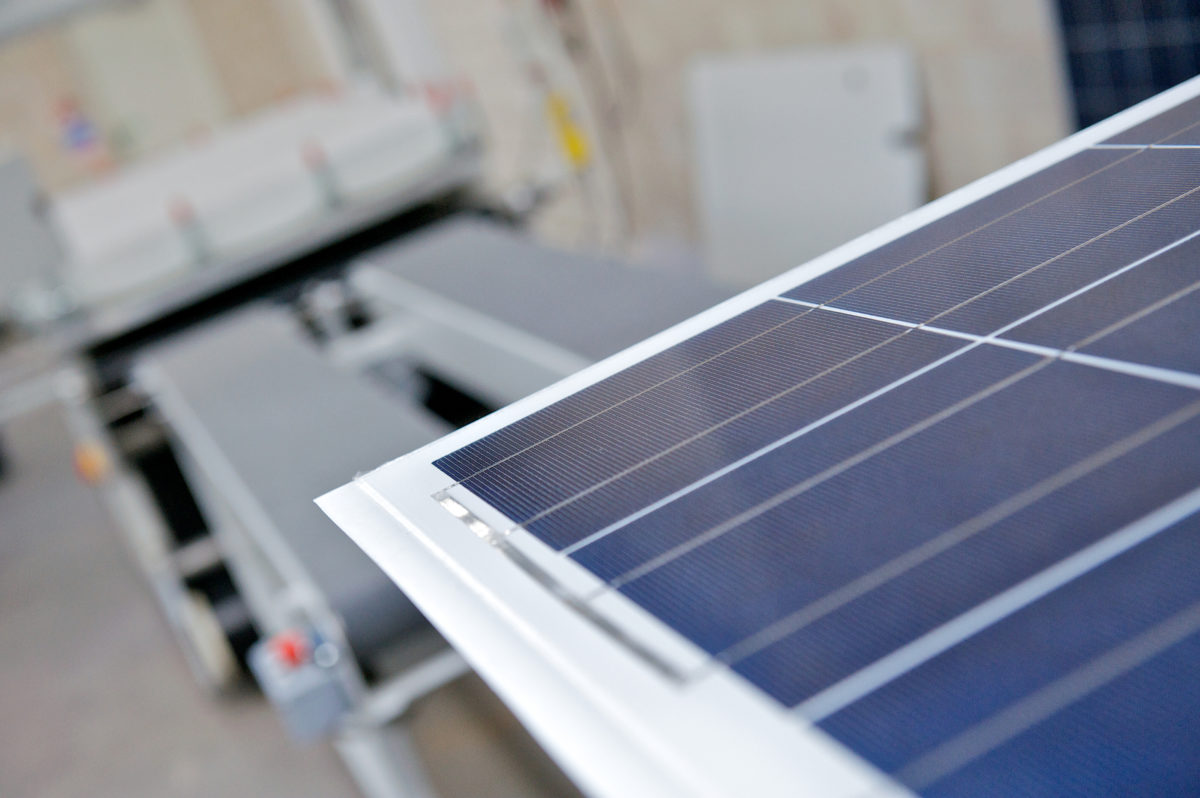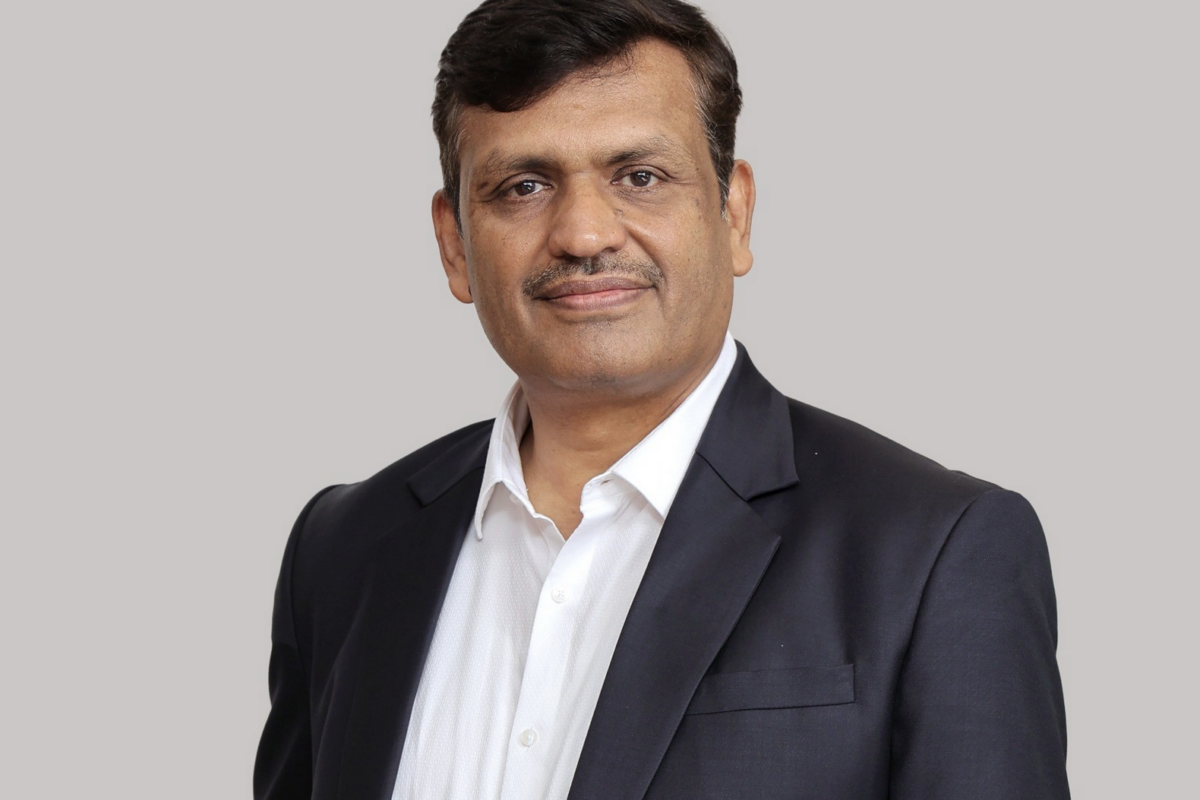The Arab region has strong potential for building manufacturing capacities for renewable energy components, according to the report “Evaluating Renewable Energy Manufacturing Potential in the Arab Region: Jordan, Lebanon, United Arab Emirates,” published by the International Renewable Energy Agency (IRENA) and the United Nations Economic and Social Commission of Western Asia (ESCWA). It is based on the analysis of three potential markets with strong renewable energy development: Lebanon, the United Arab Emirates (UAE) and Jordan.
Overall, the authors found that wind could be the most suitable technology for the creation of an industry in the region, while the nascent solar PV industry may be put at risk by the presence of international players, which undermine the development of this sector in terms of further investment in new facilities and production lines. Furthermore, they believe that technology transfer may be needed, in order to strengthen PV manufacturing capabilities through establishing joint ventures.
Lebanon: A few chances for PV
The smallest of the three countries chosen by IRENA experts, Lebanon, has the least chance of hosting a solid solar panel industry in the near and distant future as, according to IRENA, the country’s current technological environment lacks infrastructure, while its administrative framework lacks a qualified workforce and expertise able to keep track of recent developments of the PV technology. Low customs duties and the limited size of the Lebanese solar energy market are also cited as two factors unfavorable to local module production.
A similar assessment has been made for concentrated solar power (CSP) technology, for which the exclusive manufacturing of components would be difficult, the report notes.
As for wind power, the IRENA analysts believe that the local industry has the capability to manufacture wind towers using local raw materials, while assembling gearboxes from local or imported electronic components. “Nevertheless, regular upgrades would be required in ongoing industrial processes, testing, inspection and continuous research and development,” according to the study.
The findings of the study are so far supported by the fact that no announcement for solar module factories has been made to date in Lebanon. “Production costs in Lebanon would not be competitive with the international market due to the need to import raw materials, high energy costs, and high land costs,” the study highlights.
UAE: The best positioned country
The UAE is, among the three pilot countries, in the strongest position. The study stresses that there are currently four operational solar manufacturers in the country: Dubai-based DuSol Industries (50 MW); solar cell maker, Microsol International; Almaden (100 MW), which produces ultra-thin, double glass, and frameless PV modules at the Dubai Silicon Oasis Free Zone; and Noor Solar Technologies (NST), which produces both modules and inverters, also in Dubai.
The country may be particularly suitable for solar glass production, according to the report, as it already possesses a strong glass industry, but also for solar cells and modules. “New lines for solar modules could be manufactured through joint ventures with international companies, leading to an increase in competitiveness and a decrease in system costs,” IRENA experts wrote.
According to them,various inputs offer promising local capacity potential, such as the presence of automated production, as well as that of cable and connection box manufacturers, which may easily adapt their products to PV applications. The main challenges for the UAE solar module industry are also the limited size of the solar energy market and strong international competition, not to mention the technological issue represented by the fact that solar modules produced for the Middle Eastern market need to be designed for harsh climate conditions.
Jordan: Good fundamentals with limited development
IRENA analysts have stressed how the local manufacturing of renewable energy components in Jordan is supported by domestic content requirements, which stipulate that 20% of components should be locally manufactured, a percentage that could even be raised to 35%.
Only one manufacturer of PV panels, however, is currently operational in Jordan – Philadelphia Solar – which according to IRENA has a capacity of 220 MW.
Its presence may, however, “motivate other local industries, such as the glass industry, to enter the solar PV market, for example in module assembly,” the experts wrote. Limited know-how on components, such as wafers, cells, glass and inverters, as well as limited R&D capabilities represent, together with the limited size of the Jordan solar energy market, the most important challenges for the future of a local panel industry.
Joint ventures with international players are also recommended as viable options to set up solar panel manufacturing capacities across the country, a solution that would help the country in increasing competitiveness and decreasing system costs. Strong support may also come from Jordanian cable and connection boxes manufacturers, which are well established in the local and export markets.
Policy recommendations
The authors of the study have identified a number of actions local governments could implement to help the Arab solar and renewable energy manufacturing industry grow. These include, among others, the establishment of more political support, in order to enhance the market size, defining a national plan for renewable energy equipment manufacturing, assessing the feasibility of upgrade of existing production lines, and creating links between domestic manufacturers and big international players.
In an interview with pv magazine in January, Business Planning and Strategy Manager of Jordan-based consultant, Sina Industrial Projects Co, Ali Suleiman, provided an extensive overview on the emerging Middle Eastern PV panel manufacturing industry.
In the overview, he stressed the difficulty for existing manufacturers to scale up capacities and create big manufacturers able to compete with Chinese solar giants, while also highlighting the lack of qualified workforce and R&D capabilities as unfavorable factors.
This content is protected by copyright and may not be reused. If you want to cooperate with us and would like to reuse some of our content, please contact: editors@pv-magazine.com.




I think, its too reductive to limit the study to these three countries where the all is limited, the capacity for deployment, the countries size, the power needs, the manpower availability as it said. exclude KSA is not correct. Besides, the 200 GW announcement, the country needs to diversify its power production, develop the industry which will create jobs for the well educated young Saudi’s generation, its a necessity and a motor drive to develop the local manufacturing. this will also keep the full control of the power production and insure the continuity of the energy independency.